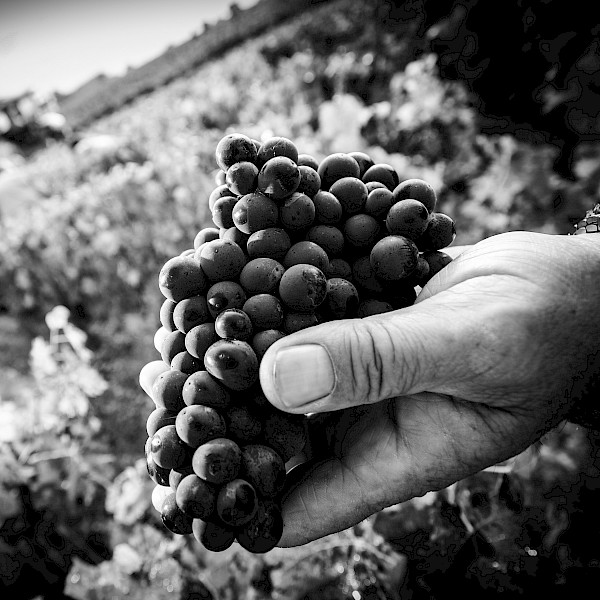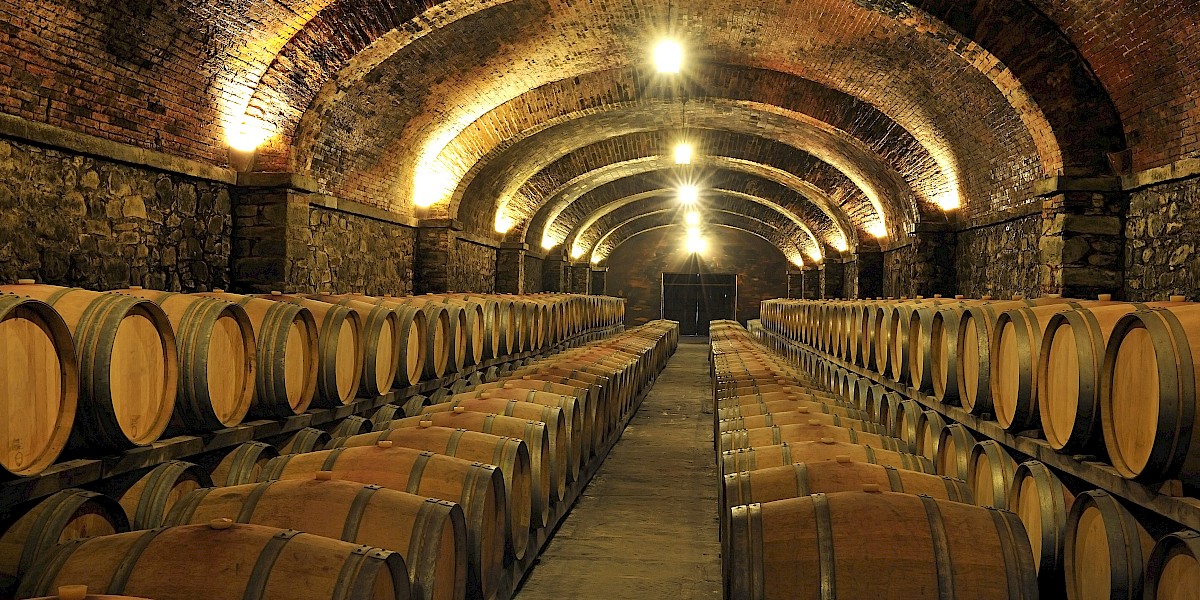Casali
Italy
The Winery
Founded in 1900 by Giuseppe Casali, this 50-hectare estate is located in the of village of Pratissolo, in the Scandiano foothills of central Emilia Romagna. For generations, the Casali family devoted themselves to the cultivation of multiple local clones of Lambrusco - including Marani, Montericco, and Salamino – alongside the indigenous white grape, Spergola, which they also used in the creation of the region’s first Champagne-method sparkler (Ca’Besina) in the 1970s. Their local fame grew increasingly until 2014, when they officially joined the Emilia Wine Cooperative. Today, as then, the focus remains on crafting smooth, intelligent, integrated blends of different Lambrusco clones to help dispel the region’s reputation for quantity over quality and help elevate their own DOP.
Overseen by enologist Giulio Davoli, the Pra di Bosso line weaves together different clones, each grown in their own soil type and mesoclimate, to achieve wines of unusual poise and balance. For example, in the case of their dry Lambrusco, the Salomino and Marani grapes are grow at a lower altitude in fertile, alluvial soils, encouraging rounder, more aromatic, full-bodied wine. These are then combined with Montericco fruit, grown at higher altitude in soils that are more calcareous and less fertile, providing acidic backbone and an intriguing herbal and floral component. The result? A Lambrusco that is deeply balanced in terms of both tannins and acidity, and displays remarkable complexity for the price point. This theme remains in place from one end of the portfolio to the other, from Casali’s dry wines all the way to sweet!

- Enologist
- 4th
- Grapes Grown by Winery
- Ancelotta, Lambrusco Grasparossa, Lambrusco Marani, Lambrusco Maestri, Lambrusco Montericco, Lambrusco Salamino, Malbo Gentile, Malvasia di Candia Aromatica, Spergola
- Vineyard Size
- 50.0 ha
- Winemaker
- Giulio Davoli
- Winemaker Biography
- Devoted to a host of historic Lambrusco clones – each with its own distinct character – Casali has been making traditional wines in Reggio Emilia since 1900. With the Pra di Bosso line, they have sought to elevate the category through low yields and a meticulous balance of silky tannins and acidity. From their dry Lambrusco to their prized Storico, and even the estate’s semi-sweet amabile, this through line remains a constant!
- Winemaker Generation
- 4th
